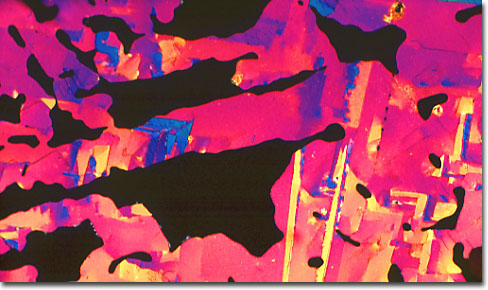|
A member of the group of compounds classified as lipids, lauric acid is a medium-length long-chain fatty acid. In its solid form, the compound occurs as white or colorless needlelike crystals that melt at approximately 44 degrees Celsius. Lauric acid, which is extremely irritating to the gastrointestinal system in its pure state, is found in the form of glycerides in a number of natural fats and oils, especially those of the coconut and palm kernel. Due to the significant amount of lauric acid it contains, palm oil is often utilized in the baking industry as a kind of preservative, since the saturated fatty acid helps stave off oxidation and spoiling. Lauric acid is also believed to possess antimicrobial properties and is frequently exploited by pharmaceutical companies as well.
|
